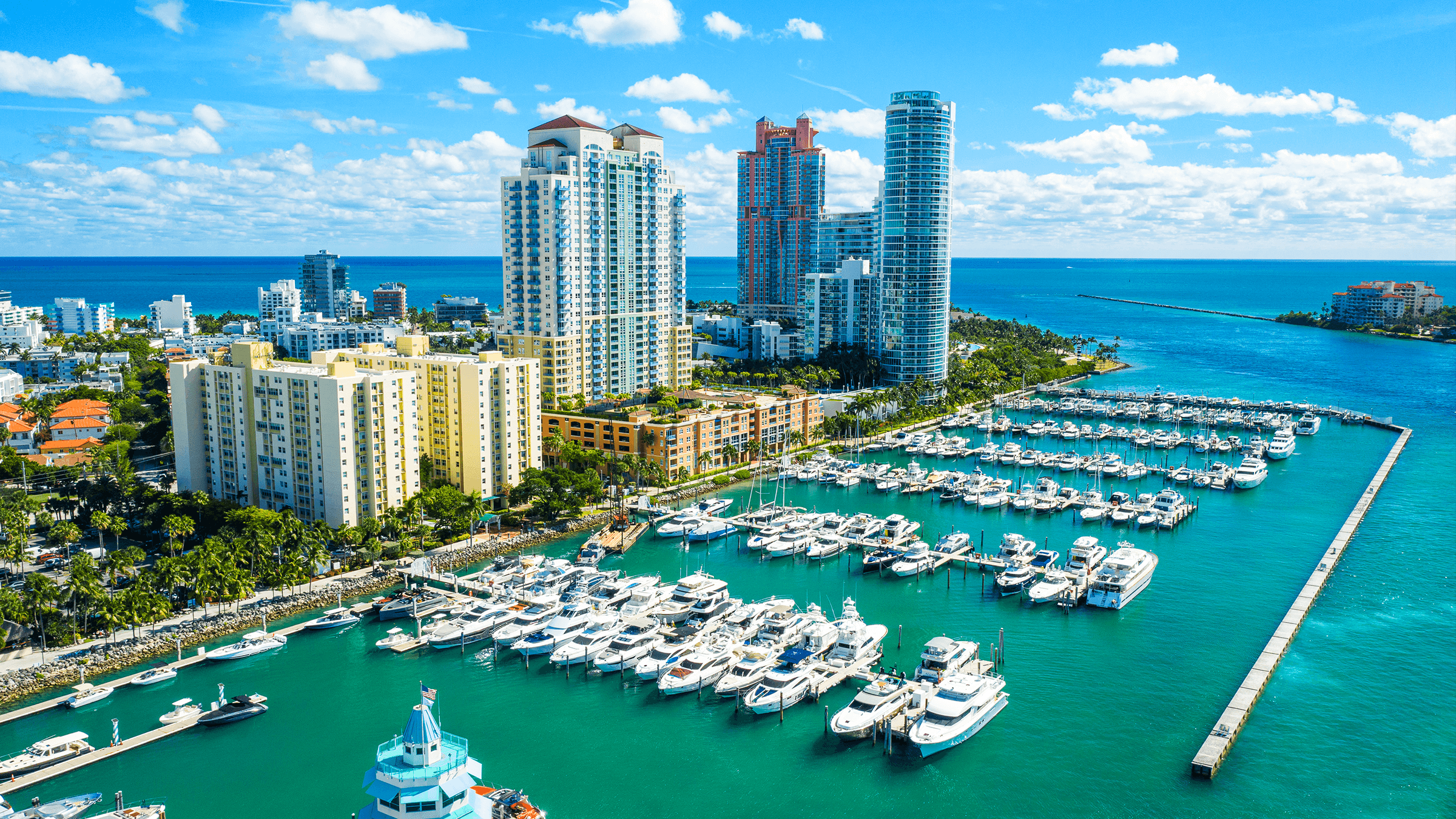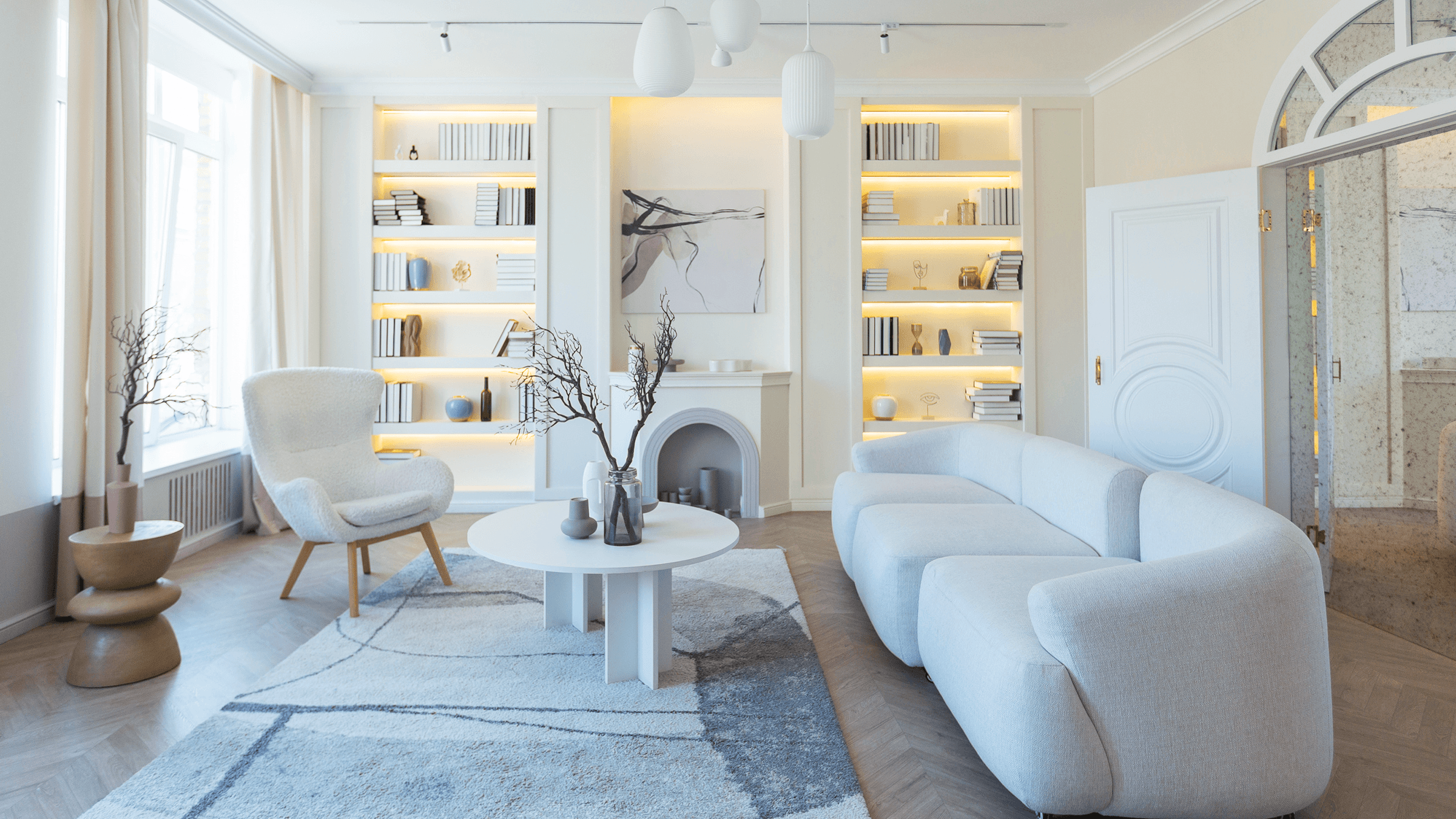In recent years, our luxury team at The MBS Group has done as much work in interiors and homewares as it has in apparel and accessories. Since the pandemic, businesses from right across the fashion and luxury arena have moved into homeware, and – unlike some other Covid-era trends – this development has had staying power. Today, home design is a $643bn market, which is expected to see annual growth of 5% in the next few years – a much faster rate than in 2018 and 2019.
While much has been written about the conflation of fashion and homeware, there’s one corner of the industry that receives relatively little attention: ultra-luxury interiors. This segment is home to some of the most exciting and dynamic organisations in the luxury sphere – and in 2024, the market is booming.
The luxury interiors space has just a few major players. Firms in this arena partner with ultra-high-net-worth individuals and businesses on multi-million-dollar design collaborations. Projects range from residencies, hotels and restaurants to yachts, private jets, submarines, and even space-crafts. It’s an industry with a long-termist mindset: client relationships can last well over a decade, and be worth hundreds of millions. One leader I spoke with told me that his business rarely takes on work with a budget below $500m.

1508 is one example of an organisation in this space. The design firm was established in 2010, its name a nod to the year in which the Pope commissioned the then-unknown Michelangelo to paint the Sistine Chapel’s ceiling, after seeing his perfect freehand circle. Today, 1508’s portfolio of work spans from luxury residential developments (like the OWO in London, which has seen the former Old War Office building reborn as residencies) to yacht interiors (like Njord, the world’s largest private resident superyacht).
Winch Design is another business leading the way. Based in London, Winch specialises in luxury aircrafts, yachts, and hospitality projects. The firm has put sustainability at the heart of its proposition, using eco-friendly or carbon-neutral materials to bring their clients’ vision to life, and winning the Planet Mark Award five years running for its commitment to reducing carbon emissions by 5% year-on-year.
It’s an exciting field. With near-endless budgets, designers have complete creative freedom, and the resource to procure the finest products and materials and to use the best artisanal methods. “We have the budget to solve every client problem,” one leader told me, “and to push the boundaries of creativity.” As such, the industry presents exciting opportunities for leaders in the fields of design, architecture, engineering, interiors, art, and textiles.
“With near-endless budgets, designers have complete creative freedom, and the resource to procure the finest products and materials and to use the best artisanal methods.”
To succeed in this arena, businesses must take a specific approach to growth. Winning work doesn’t come from marketing and branding, but from building and leveraging networks of influential individuals and business decision-makers. Firms operate to a high level of confidentiality and discretion, their most exiting work for individual clients rarely made public. As such, international expansion happens organically, steered by the location and habits of client communities. One leader told me that half of their firm’s revenue is generated in Dubai, for example, and another told me that their company was opening an office in Miami, because that’s where many of their current client base spend leisure time. Most businesses follow the same operational blue-print for entering new markets: hiring an individual country manager, who is empowered to win work and build a team.

For luxury interiors businesses, a considered leadership strategy is critical. Leaders must be entrepreneurial, willing to take risks, and be suited to the prevailing ‘work hard, play hard’ culture that exists in the industry. They must balance a clear commercial mindset with a firm understanding of trends in the design, creative and art spaces. Perhaps top of the list of priorities is relationship building: a luxury interior company’s success hangs on its ability to make connections, foster strong professional partnerships, and listen carefully to clients and their needs.
“Leaders must be entrepreneurial, willing to take risks, and be suited to the prevailing ‘work hard, play hard’ culture that exists in the industry.”
As the industry grows – some companies are seeing year-on-year revenue increases of as much as 30% – the need to bring in best-in-class leadership will only increase. There will be exciting opportunities to identify and bring in talent from the broader luxury sphere, and build commercial, creative, and customer-centric senior teams with a track record of successfully scaling businesses worldwide.
There will also be some serious considerations around how to grow and professionalise while still protecting the exclusivity, and relationships-first approach that is so critical success.








